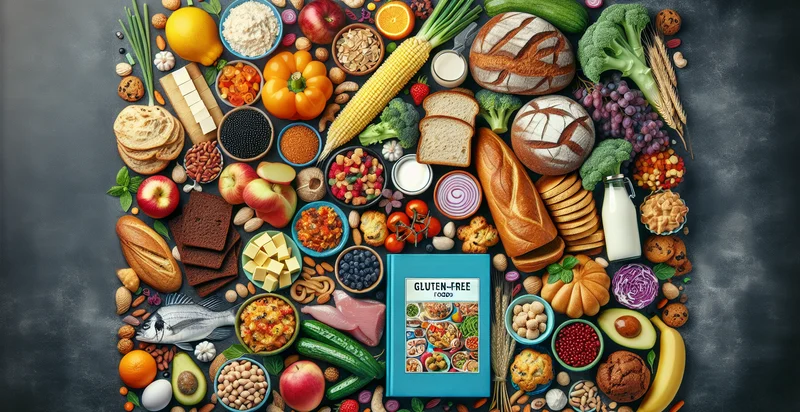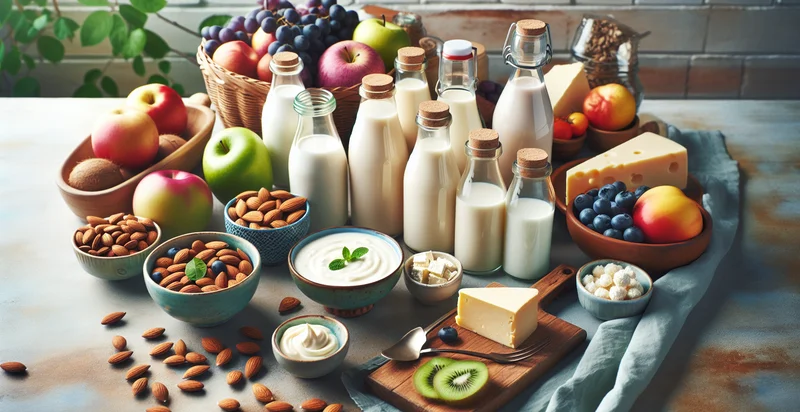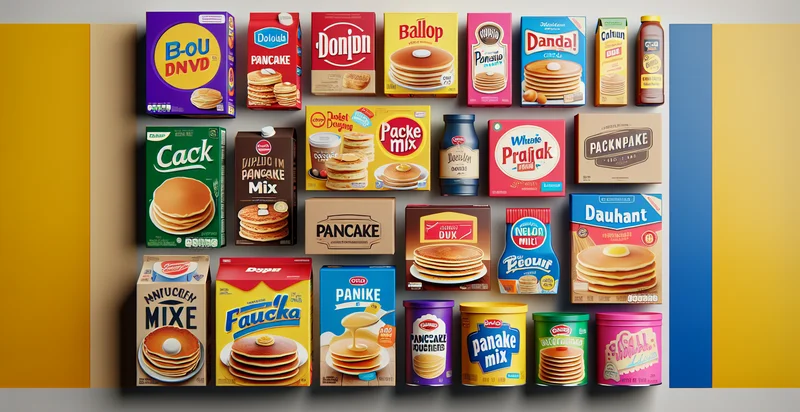Identify is gluten-free
using AI
Below is a free classifier to identify is gluten-free. Just input your text, and our AI will predict if a food item is gluten-free - in just seconds.

Contact us for API access
Or, use Nyckel to build highly-accurate custom classifiers in just minutes. No PhD required.
Get started
import nyckel
credentials = nyckel.Credentials("YOUR_CLIENT_ID", "YOUR_CLIENT_SECRET")
nyckel.invoke("is-gluten-free", "your_text_here", credentials)
fetch('https://www.nyckel.com/v1/functions/is-gluten-free/invoke', {
method: 'POST',
headers: {
'Authorization': 'Bearer ' + 'YOUR_BEARER_TOKEN',
'Content-Type': 'application/json',
},
body: JSON.stringify(
{"data": "your_text_here"}
)
})
.then(response => response.json())
.then(data => console.log(data));
curl -X POST \
-H "Content-Type: application/json" \
-H "Authorization: Bearer YOUR_BEARER_TOKEN" \
-d '{"data": "your_text_here"}' \
https://www.nyckel.com/v1/functions/is-gluten-free/invoke
How this classifier works
To start, input the text that you'd like analyzed. Our AI tool will then predict if a food item is gluten-free.
This pretrained text model uses a Nyckel-created dataset and has 2 labels, including Contains Gluten and Gluten Free.
We'll also show a confidence score (the higher the number, the more confident the AI model is around if a food item is gluten-free).
Whether you're just curious or building is gluten-free detection into your application, we hope our classifier proves helpful.
Related Classifiers
Need to identify is gluten-free at scale?
Get API or Zapier access to this classifier for free. It's perfect for:
- Product Labeling Compliance: Businesses in the food industry can use the 'is gluten-free' identifier to ensure that their product labeling adheres to regulatory standards. This classification helps manufacturers accurately convey gluten-free status, avoiding potential legal issues and enhancing consumer trust.
- E-commerce Filtration: Online retailers can implement this text classification function to allow customers to filter products based on gluten-free status. This enhances user experience by quickly directing customers to suitable products, ultimately increasing sales in the gluten-free segment.
- Nutritional Analysis Tools: Health and wellness apps can integrate the gluten-free identifier to provide users with nutritional insights. This feature can help individuals with gluten sensitivities or celiac disease manage their diets more effectively by identifying safe food choices.
- Recipe Customization: Cooking websites and apps can use the classification to suggest gluten-free alternatives in recipes. By identifying gluten-free ingredients, users can easily modify traditional recipes to meet dietary needs, increasing the platform's usability and appeal.
- Food Safety Monitoring: Restaurants and food service companies can employ this identifier to streamline food safety checks. By ensuring that gluten-free items are accurately identified and prepared separately, they can minimize the risk of cross-contamination for sensitive diners.
- Marketing Targeting: Brands can leverage the 'is gluten-free' classification for targeted marketing campaigns. By identifying and promoting gluten-free products to conscious consumers, businesses can effectively reach and engage a niche market segment.
- Supply Chain Management: Food distributors can utilize this classification in inventory management systems to track gluten-free products. This can optimize stock levels, reduce waste, and improve order fulfillment accuracy for gluten-sensitive consumers.


